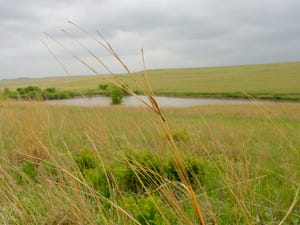Farm Business Management
More Topics
Farm Progress America, April 25, 2024
Farm Business Management
Farm Progress America, April 25, 2024Farm Progress America, April 25, 2024
Mike Pearson takes a look at the #harvest24 in South America, primarily Argentina and what it has brought producers there.
Subscribe to Our Newsletters
BEEF Magazine is the source for beef production, management and market news.










.jpg?width=300&auto=webp&quality=80&disable=upscale)











.png?width=300&auto=webp&quality=80&disable=upscale)
.png?width=300&auto=webp&quality=80&disable=upscale)













